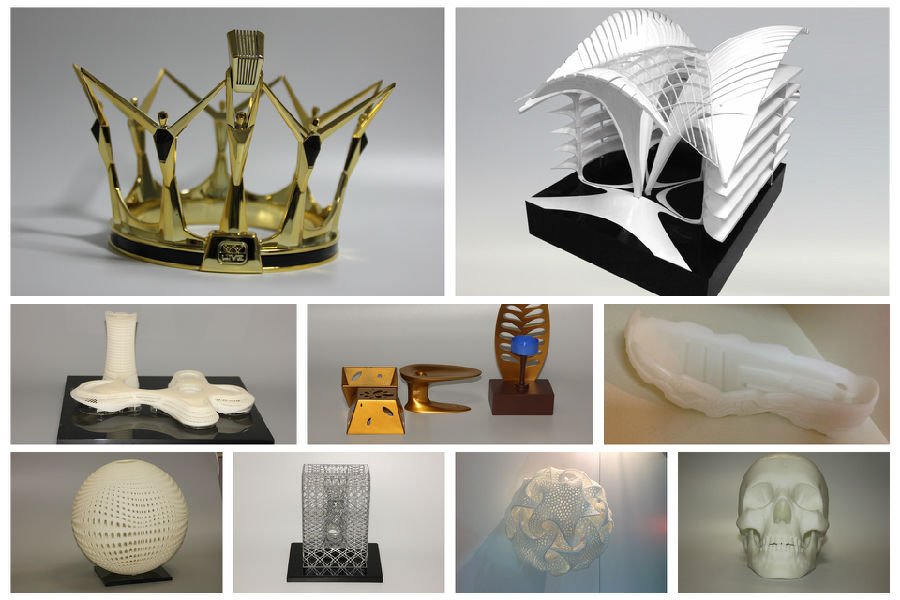SLA & SLS PRINTING
Gaojie-model Rapid Prototyping:
Rapid prototyping refers to the quick fabrication of a physical model or prototype for testing, evaluation, and iteration. 3D printing, especially technologies like SLA, is commonly used for rapid prototyping due to its speed and precision.
As the 3D printing technology applications leading enterprises, we provide customers based on 3D printing technology from R & D to manufacturing a full range of one-stop service,we offer stereolithography (SLA) and selective laser sintering (SLS).---rapid tooling in additive manufacturing additive manufacturing 3d printing
Additive manufacturing s3d printing--The advantage of all 3d printing processes is that is easier to create complex pieces that are physically impossible to make with convention or subtractive manufacturing .
What‘s SLS 3D printing ?
Selective Laser Sintering (SLS) is a 3D printing technology that uses a laser to selectively sinter (fuse) powdered material, typically nylon or other polymers, layer by layer, to create a three-dimensional object.If you're looking to create an SLS 3D printing prototype, welcome to contact us.
Grateful for your interest in our products, please kindly fill your contact information and service requirements in the following form, we will reply you within 1 hours, sincerely hope to do you a favor!
WHAT IS SLA AND SLS?
Light curing process, also referred to as SL is called a stereolithography rapid prototyping process belongs to, also sometimes referred to as SLA. the process is a RP process developed in 1986 in the United States, 1987 by the United States patent, is the earliest and most mature technology and application of rapid prototyping technology is the most widely. With photosensitive resin as raw material, through the computer control of ultraviolet laser stone layer solidification. This method is simple, automatic manufacturing of surface quality and size precision, complex geometry of the prototype.
Sintering, referred to as SLS, using infrared laser to powder material (nylon, nylon fiber, nylon fiber, nylon powder, PS materials and various metal materials include: die steel, titanium alloy, Aluminum Alloy and CoCrMo alloy, nickel iron alloy etc.) directly sintering. EOS EOSINT M280, representative: P395, is a leading global metal forming and plastic molding equipment.
SLA & SLS PROTOTYPING

ADVANTAGES OF SLA AND SLS
There are advantages and disadvantages to both techniques that should be considered carefully to achieve the desired results.
SLA produces a part with:
1.A good, smooth surface finish and fine resolution
2.Better surface quality
3.Forming precision is high, the precision is about 0.1mm
4.System resolution is higher
SLA produces a part with:
1.Can use a variety of materials
2.Manufacturing process is relatively simple
3.High precision
4.No need to support the structure
5.The material utilization rate is high
6.Short production cycle, which makes it particularly suitable for the development of new products
7.Combined with the traditional process, it can realize the function of rapid casting, rapid tooling, small batch output, etcAPPLICATION AREA
MATERIALS
TOLERANCES
TO START FOR YOUR PROJECT?
Copyright © 2025 Design by Gaojie Model | Sitemap